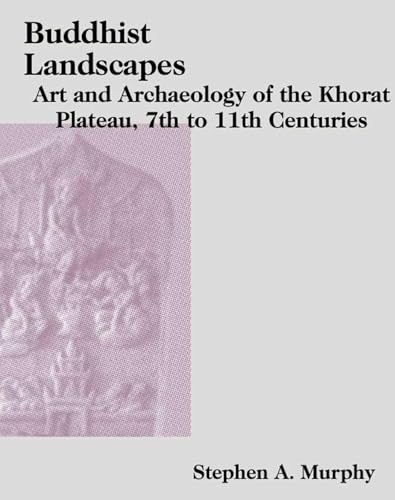Here’s a bit of worrying news from Siem Reap. It seems that the tourism authorities want to extend visiting hours to the Angkor temples to night time in a bid to get more tourists and their dollars. I wonder what kind of infrastructural change facilitating night visits will entail – the construction of proper walking tracks so visitors don’t go literally feeling their way around? What about the placement of lights? The second story reports about how some agency (not sure who, the blame’s still being shifted around) had drilled holes into the walls of Angkor Wat for the installation of lightbulbs. It sounds like every conservationist’s fears about preserving the site is coming true…

photo credit: mckaysavage
Cambodia may open Angkor Wat at night for visits
AP, via the Star, 26 May 2009
Holes are drilled into the angkor wat temple to attach electric bulbs – Who Is Wrong?
The Mirror, 25 May 2009
Cambodia is considering opening the famed Angkor Wat temples at night to draw more tourists to the impoverished country, an official at the archaeological site said Tuesday.
Similar night tourism efforts have been introduced at other sites in Southeast Asia.
Cambodia already has installed some lights at the network of centuries-old temples, said Bun Narith, who leads the agency responsible for managing the Angkor park.
…
It has been five days already that the Sou Ching company, which is responsible for collecting money from foreign tourists who visit the Angkor Wat Temple during the night, drills some holes into the walls of the Angkor Wat Temple, in order to install electric bulbs to light different places of the Angkor Wat Temple. On Saturday morning of 23 May 2009, this resulted in strong criticisms from national and international tourists, because they think that it is destroying the Angkor Wat Temple, and this action should not be allowed.
In that morning, obviously, there were about 20 bulbs attached, fixed into the holes drilled into the walls of the Angkor Wat Temple, at the northern and western long corridors.
Pieces of stone were found on the ground, dropped down from the drilling to set up electric lights. When journalists asked experts of the Apsara Authority and of the Sou Ching company who was drilling the holes in the temple walls, they denied that they were doing it.
But when journalists, tourist guides, and international tourists standing near the place showed pieces of stone of the temple which had dropped down on them as evidence to the head of the department for temple conservation in the Angkor Park of the Apsara Authority, Ms. Mao La Or, they admitted they had drilled holes into the walls to install electric bulbs.
























